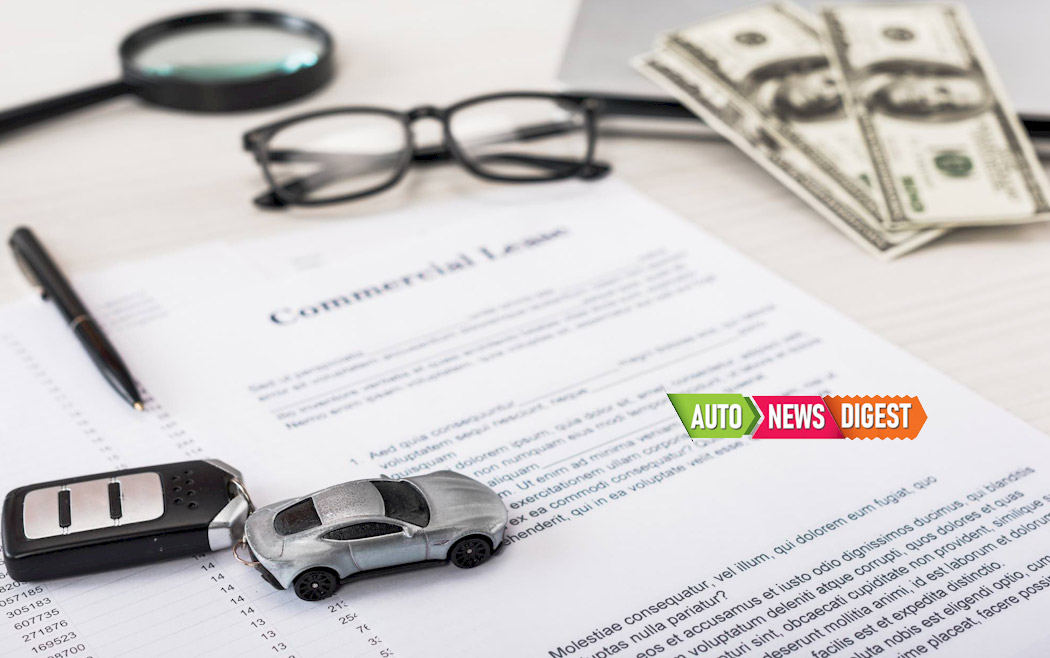Record number of American consumers (almost 17%) paying at least $1,000 a month for their cars, has almost ensured that sooner or later they will fall behind on their payments. Just four years ago, only 4.2% of consumers who financed a new vehicle in the first quarter of 2019 signed and agreed to pay $1,000 or more a month for car loan on a new car, SUV or truck, according to Edmunds data.
Used car prices surged during the pandemic due to supply chain challenges, which forced buyers to take out bigger loans — with higher APRs — for their vehicles.
Despite the fact that car prices started to cool off by the end of 2022, a concerning trend of auto loan defaults and car repossessions has started to surface.
According to the latest data, vehicle loans are third largest debt category for U.S. consumers with Americans owing $1.52 trillion in auto loan debt.
The percentage of borrowers at least 60 days late on their car payments is higher today than it was during the peak of the Great Recession in 2009.
The average monthly payment for new cars, trucks and SUVs hit a record $730 in the first quarter of 2023, compared with $656 a month for the same time last year, according to Edmunds. Put another way, new buyers ended up paying an extra $74 a month on average — up 11.3% — than just a year ago.
Since the pandemic, ongoing inflation has squeezed household budgets. Interest rates on auto loans have gone up. Personal savings have dwindled. COVID federal aid is no longer available. Credit card use is at all-time highs.
All of those factors contribute to making it more challenging for some consumers to keep up with auto loan payments. Debt-burdened households with median income are twice as likely to be behind on an auto loan in the first quarter this year, compared to last year this time.









